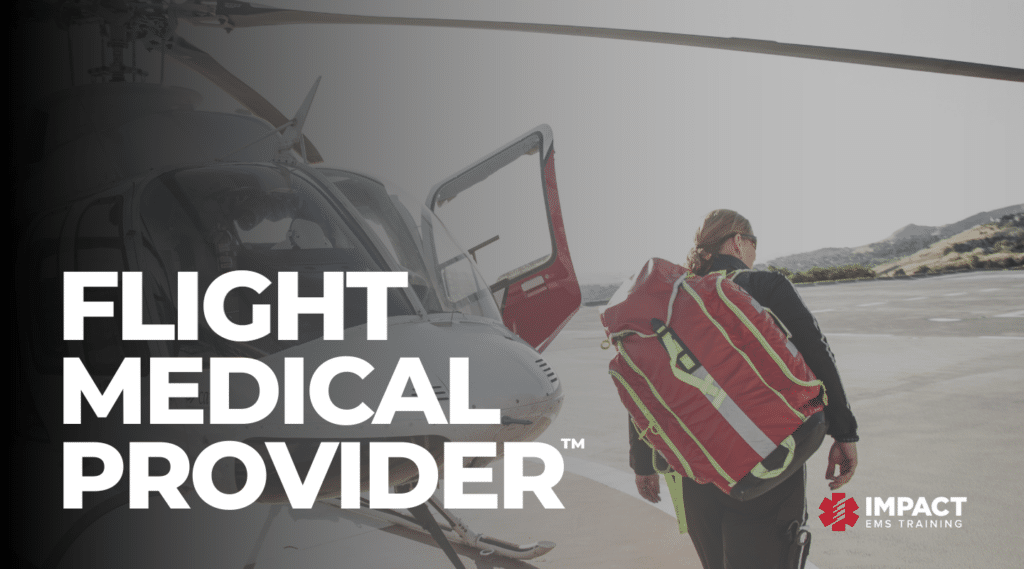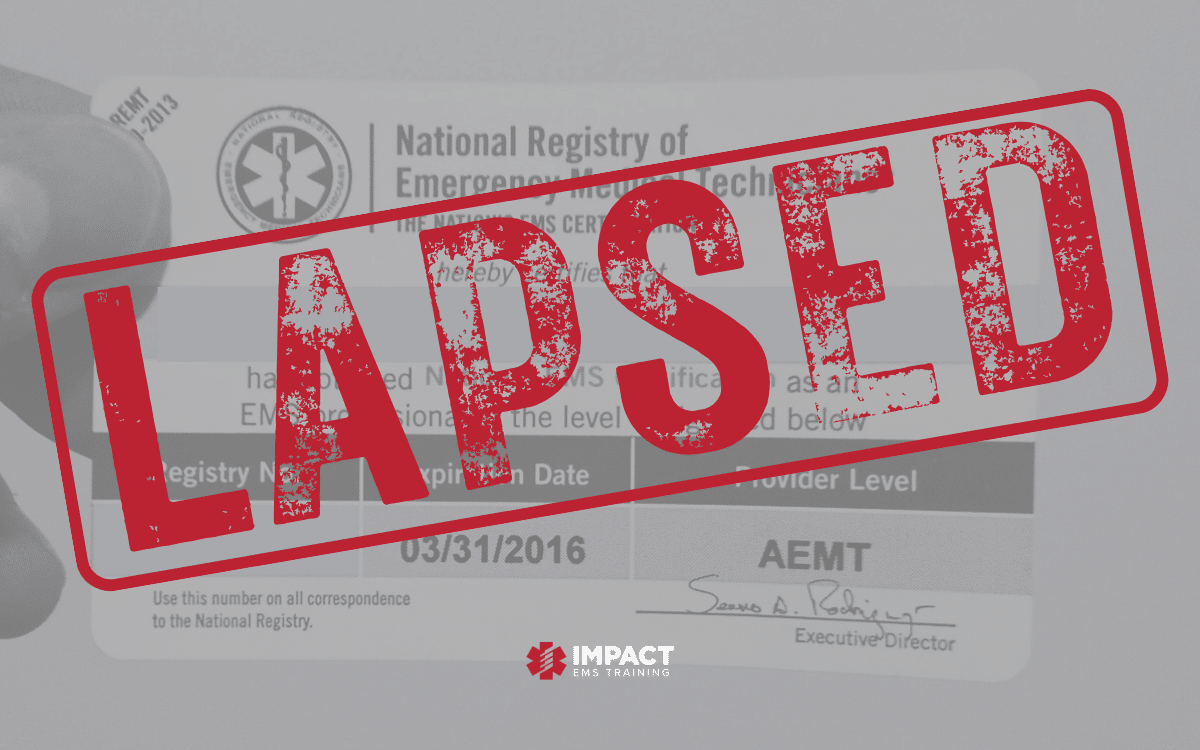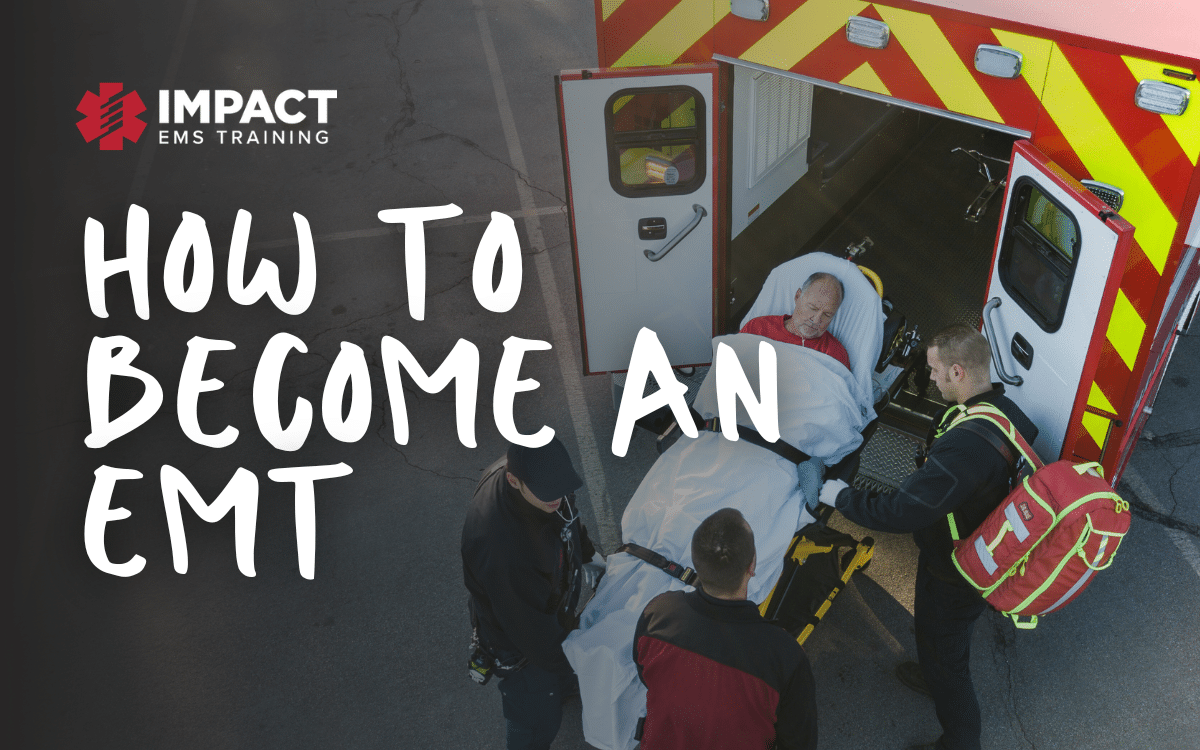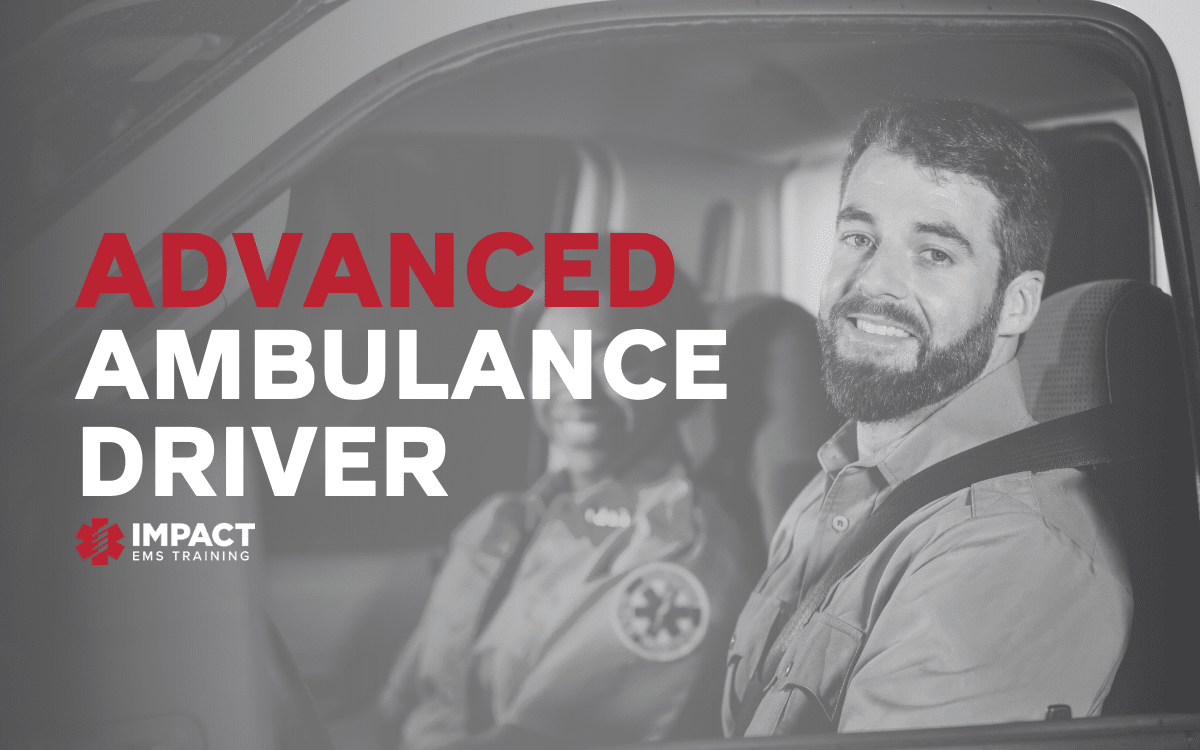A Day in The Life of a Flight Nurse
My mind wanders as the hum of a far off helicopter waxes and wanes in the distance. The action is hard to make out from where I sit next to the water, a pale blue pool shrouded in snow, but the echo of rotor blades slapping against the thin air fills the expanse of the high-alpine bowl. I close my eyes and pull a deep breath from the cool mountain air, slowly exhaling when the radio on my chest comes to life. “Go ahead” I call back to the paramedic on the other end. It’s a much different scene on a ledge at 12,000 feet where our patient currently lies. The transmission comes across slow at first, changing abruptly, and my heart beats quicker with every word I hear.
It wasn’t long ago I was lying down back at the hanger for a midafternoon nap when the tones blared through the silence. Dispatch rattled off a distance and bearing as we watched our pilot trace their fingers across the large map on the wall, finally landing in a sea of green. The National Forest around here stretches for miles, a playground for hunters, hikers, and those just looking to get away from it all. It’s the type of call we all wait for, miles from nowhere in an untouched landscape where our help can truly make a difference. The excitement is palpable.
“Forty-year-old male, approximately 90 kilos, unresponsive with significant head trauma, shallow respirations, thready pulses. Be down in five.”
I try to collect my thoughts as I navigate the rocky terrain back to our helicopter staged nearby. I didn’t plan for this. En route to the scene we discussed the possibility we may not even have a patient based on the dispatch for an “unknown injury.” It’s not uncommon to be called out for someone who just needs help getting out of a situation, a remedy the local SAR team can provide on their own without the use of a flight nurse or flight paramedic. The time we had to prepare was spent idly standing by, watching the skillful short-haul team rig their equipment to the belly of a sleek black a-star. Now we had only minutes to prepare for a patient clinging to life on the edge of a mountain.
My partner, a flight paramedic, meets me at the helicopter and we begin to verbally break down the scenario while shucking bags out of the cabin, our pilot diligently ferrying them to our makeshift trauma bay spread out across the rocky landscape. Most of what we need is tucked inside a big, red backpack, including critical medications and airway supplies.
“Let’s prep everything,” I say as the bags are unzipped and little glass vials are removed. “We are going to need it all.” My partner already knows, but talking through what we are about to do serves more than just a mental checklist. It’s emotional preparation for the task at hand. We each grab a handful of syringes and start drawing up medications based on the patient weight we received over the radio.
This would be part two of a drill that we perform regularly where we are given a “nightmare call” and have to work out all the details on paper with our partner before heading out to the hangar for hands-on practice in the helicopter. There is a standard format that can get a little repetitive but a flight nurse or flight paramedic knows this is an industry that thrives on repetition, on working through the problems until the answers are automatic. Motivation to learn and hone your clinical skills is a big part of becoming a flight nurse. This is why many programs will require you to take the CFRN exam, a flight nurse certification that demonstrates a strong foundation as a flight RN.
This patient will probably need to be intubated. It’s a rather common procedure for EMS but still carries enormous risks, especially when done outside the hospital with a badly injured patient. All too aware of this, I offer the task to my partner: an experienced paramedic. It’s a cop-out and I know it. These situations don’t present often and I just threw away the opportunity to solidify months of training and practice in the OR. I reluctantly change my mind, offering some rationale that I should perform the intubation myself. Thankfully, my partner obliges. We quickly agree to induce with ketamine for its pain-relief and blood pressure-sparing qualities, a great tool to have in a trauma patient. A bag of normal saline IV fluid is spiked on blood tubing, the second spike reserved for a unit of O-negative packed red blood in the event we may need it.
“The fluid warmer!” I call out. “We should use it, especially if we give blood. Who knows how long they’ve been out here.”
Our IV fluids are kept in a warmer on the helicopter but the two units of packed red cells we carry sit at 4 degrees Celsius, 33 degrees away from normal core body temperature. Hypothermia, part of the lethal triad of trauma, can be one of the easiest things to fix to prevent coagulopathy. The blood we administer won’t do much if the patient continues to bleed out from whatever unknown injuries they have. The least we can do is prevent the patient from becoming even colder.
I can’t see the SAR helicopter yet but the hum of the single-engine sounds louder than I remember. Most of our helicopter’s contents now lay before us, scattered in no particular order across the tan rocks. Overhead a black silhouette suddenly appears with two bodies dangling from a long line attached to the belly of the helicopter. The pilot maneuvers the cargo through the swirling winds gently to the ground a small distance away. Time to go to work.
It’s hard to make out any patient in the vacuum sling lying on the ground next to the paramedic I spoke to earlier. “Let’s get him on the monitor and see what we have,” I say as we approach. There’s little response from the patient as we begin removing equipment necessary for extraction and applying our own. As we finish hooking the patient up, numbers flash on the monitor revealing a dire situation. Blood pressure 64/33 with an oxygen saturation of 73%. Not good. Based on those numbers, there’s a good chance this patient is moments away from an arrest. Suddenly I realize why CAMTS flight nurse requirements involve specific amounts of time in designated critical care areas.
It’s hard not to panic in a situation like this. You’ve just been handed a patient that has suffered a devastating injury, the extent to which is unknown, but they are alive and it’s up to you to keep it that way. This is the exact scenario that most people conjure up when they imagine “flight nurse jobs.” The thought of the unknown and being first on the scene to treat critically ill patients leads many nurses to pursue rotor-wing over fixed-wing.
I’m accustomed to working with a trauma team, composed of a trauma surgeon, a physician assistant, an anesthesiologist, respiratory therapist, pharmacist, radiology tech, EMT, and two nurses. Everyone has a distinct role to play on the team. Instead, I’m miles from civilization; myself, a pilot, and two paramedics.
The goals are simple: raise the oxygen saturation and blood pressure. Trying to intubate without accomplishing both is asking for disaster. I work with the other paramedic to secure some oxygen while my partner places an IV. Our pilot stands patiently a few feet away, handing equipment as it’s called for. The entire process takes longer than the 10 minute scene time goal we have for these types of calls but the delays are vital to the stabilization of this patient. Minutes after getting to work the patient becomes agitated, likely due to an improvement in the baseline vitals from the IV fluid and oxygen we have administered. The oxygen saturation on the monitor flickers through a range of numbers, likely all unreliable as the patient writhes unpredictably. We make a quick decision: administer ketamine and allow the patient to preoxygenate through their efforts. Moments later the numbers on the monitor look good enough to proceed with the intubation. This calls for a last-minute time-out, an opportunity to stop, review our plan, and ascertain whether we have everything ready for every possible scenario we might be presented within the next few minutes. It’s a redundancy, one we see necessary in such high-risk procedures we are tasked with performing in less-than-ideal conditions.
It’s not too rare for this to be the point at which we are taking over for a ground crew on any other call, the patient prepped and ready to go. The luxury of a “load-and-go” is not lost on me. Between the four of us, we get the patient loaded and secured for transport. Surely, even with a short flight to the trauma center, our work is not done yet. After lifting from the scene the patient’s blood pressure begins to drop precipitously, 70’s over 40’s, as the IV bag drips it’s last few drops. My flight suit is soaked with sweat. It’s an uncomfortable reminder of days in the trauma bay under full PPE in an all-too-warm room. Our pilot reluctantly has our heat on max to warm the patient up. We don’t waste time pulling a unit of blood out of the tiny cooler stashed in the cabin. This was part of our pregame while we prepped our medications, and we both agreed to give blood if the pressure dropped again after the liter of normal saline infused. Slowly, with the administration of the PRBC’s the pressure begins to improve, reaching numbers we are both happy with by the time we touch down on the roof of the trauma center. It’s a relief to hand over care to the trauma team knowing the patient looks much better than they did 45 minutes ago.
On the flight home, I analyze the call, badgering my crew with a play-by-play breakdown in return for any meaningful feedback on our performance. I know over the next few days my colleagues will be reviewing our chart, questioning our decisions and motives while our care is judged against the protocols we have in place. Still, to this day, these scenarios play out for me on every patient I care for in and outside the hospital. It’s an agonizing process that doesn’t always have the closure I’m looking for.
What does all of this matter to you? Maybe you are in the process of looking for flight nurse jobs. It has taken me this long to realize that a healthy fear of not being smart and skilled enough is a good thing in this line of work. Most people familiar with this concept refer to it as the “Dunning-Kruger effect,” where an individual will progress through different stages of expertise with varying levels of confidence in their skills and knowledge. While it may seem optimal to reach the “guru” level you can see the degree of competence begins to plateau at this stage. Much like the Frank-Starling curve, the steep slope somewhere in the middle is a desirable location where the action-potential remains high. Have you ever heard the term “We’ve always done it this way?” Chances are the individual who may have been a guru in the past but an over-confident attitude prevented them from adopting advances made in the field over time.

Since accepting this reality, I have come to embrace the uneasiness which has in turn opened my eyes to all of the learning opportunities available short of becoming a flight nurse practitioner. Each day on the job I look forward to someone explaining a concept to me, even if it may be something I am already familiar with because there is a good chance they have a different perspective that may provide some insight. If you think about all of the people you work alongside, and all the different experiences they’ve accumulated, there is a wealth of practical knowledge sitting right in front of you. Training and simulation remain my favorite learning tools where you are allowed to observe how others may work, shedding light on a thought process or practice that someone may not think to verbalize. We should be encouraged to tap into that collective base so we can all become better clinicians every day.




